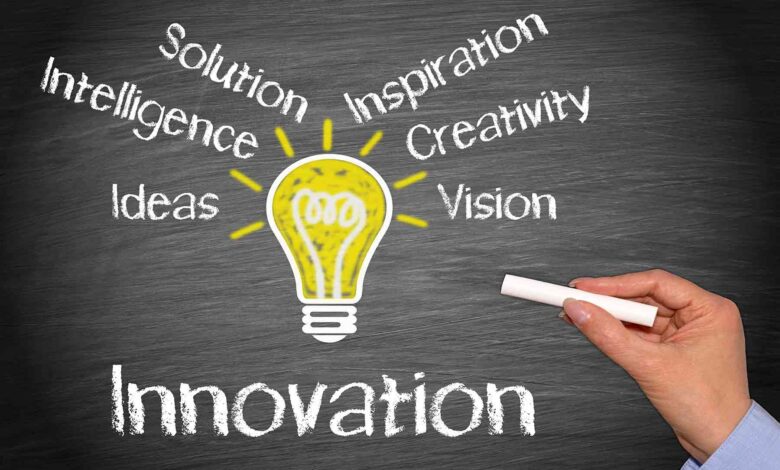TYPES OF INNOVATION

There are different definitions of innovation present in the literature. Innovation could be defined as the central idea of implementing or adapting a new idea in a company (Hage, 1999). Innovation is defined as well as a new idea that turns into benefits, revenues and profits (Lafley & Charan, 2008).
Innovation is based on two components:
(1) consist of creating ideas and properly putting them into action, and
(2) outcomes of these ideas.
Innovation is the method and tools by which an idea is generated and implemented, while results are the innovative products, services, or processes Crossan & Apaydin, (2010). There are essential inputs for innovation outcomes; the ability of an organization to maintain an innovative idea and put it into action, second the ability to choose valuable ideas between different ones Skarzynski & Gibson, (2008).
Firms have to recognize innovation types. Hurmelinna-Laukkanen et al. (2008) state that each innovation needs a specific treatment from the firm. According to literature, there are different types of innovation:
– Incremental and radical innovation Burgelman, et al., (2009),
– Technological and administrative innovation Damanpour, (1988), Grover et al. (2007), Elenkov et al. (2005);
– Product and process innovation Zhao, (2005), Wheelwright, & Christensen, (2009), Tarafdar & Gordon, (2007).
*) Radical Innovation versus Incremental Innovation:
Innovation is radical when it is special and unique when compared to existing innovation. For example, Amazon is the first to start selling books online offering a wide range of books. Moreover, the company offered an eBook reader device connected through satellite, it allows users to read ebooks even without an internet connection.
Incremental innovations on the other side consist of revision or modification of existing products, services, or processes Burgelman, et al., (2009). Incremental innovation improves and develops an existing product, service, or process. The main objective of continual improvement is always to reach customer satisfaction.
Example of incremental innovations: Audio and video messaging service, improvement of existing computers, means of transport.
*) Technological and administrative innovation:
Technological innovation consists of adopting advanced technologies in processes or products Damanpour, (1988). Technological innovation gives the company a competitive advantage that turns into success Grover et al. (2007). However, managerial or administrative innovation consists of improving processes or systems Elenkov et al. (2005).
*) Product Innovation versus Process Innovation:
Product innovation consists of creating a new product based on another good or service, it is based on improving another product Burgelman, Wheelwright, & Christensen, (2009). However, Process innovations Consist on increasing the effectiveness and efficiencies of production Tarafdar & Gordon, (2007).


